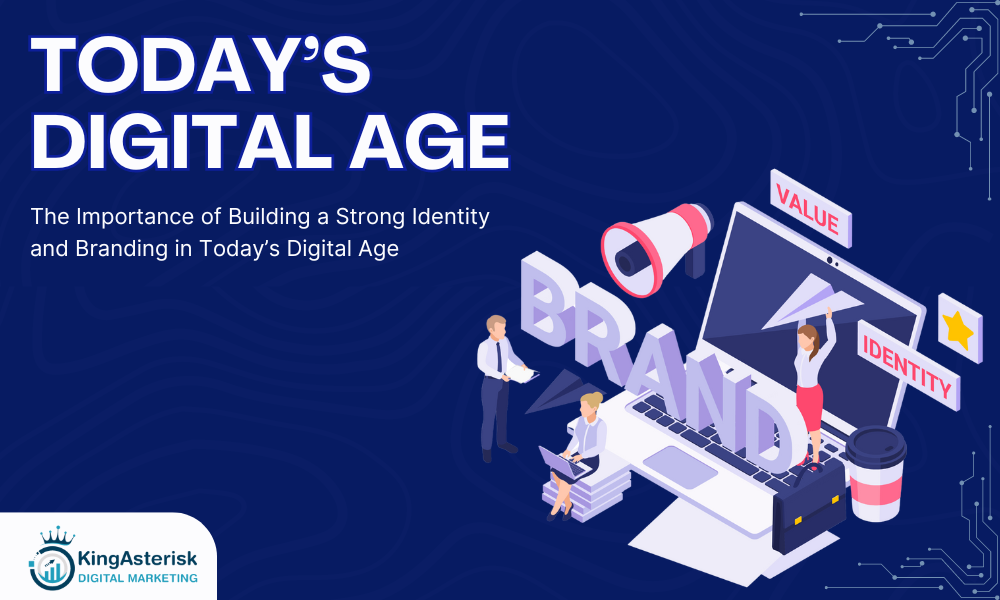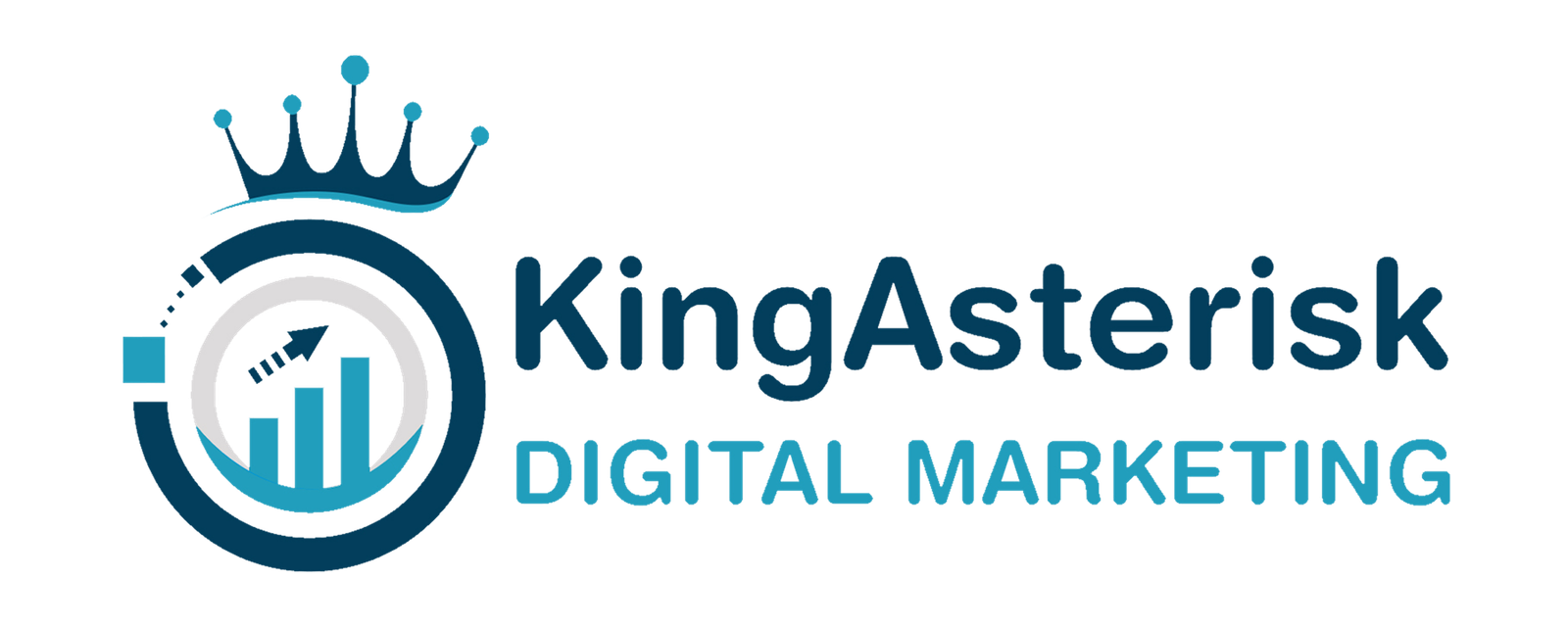
If you want to define your company’s past, present and future through in depth research and strategy, it is only possible through Branding. It defines your market, your customer persona and your brand essence to create verbal and visual consistency across all touch points.
McDonald’s big yellow ‘M’, Starbucks’ woman in a green circle, Apple’s bite taken out of the fruit, Amazon’s A to Z arrow, Ferrari’s prancing horse, Nike’s tick mark…
No matter where you are, what language is used, whether you’re in the middle of nowhere or in your home city — you’re sure to instantly recognize these iconic logos. That’s the power of a strong, impactful and consistent brand identity.
So, how to create a brand identity? What is branding?
In this blog, we’ll walk through the answers to these questions, while also learning how to create a powerful brand identity that’s impactful and memorable.
What Is A Brand?
A brand is a set of concepts and perceptions people have about a company or product. A brand is not the company or product itself, but rather the identity or entity that is perceived by the people.
Branding is made of:
- A visual identity: color palette, logo, stamp, label
- A verbal identity: name, slogan, Tone of voice
- A set of values or a philosophy
What Is A Brand Identity In Branding?
A brand identity portrays and stands for who you are, what you want to say, how you want people to perceive and remember you, and how you want people to feel when they think of your brand. In short, it’s your brand’s personality that it’s recognized by.
More often than not, people believe that a strong logo is all that it takes to create a brand identity. While it’s true that a logo plays a huge role in creating a memorable brand identity, it takes more than just that.
If you recall some of the most iconic brandings across the globe, you may be able to recall not just their logos, but also some of their advertisements, taglines, campaigns or even the jingles and language they use to get their message across. For example, if I say ‘Just Do It’ or ‘Finger Licking Good’, chances are you know what brand I’m talking about.
Creating a brand identity is thus a mix of various factors, including
- Logos
- Taglines
- Advertisements
- Voice/Language
- Shapes and Colors
- Packaging
- Typography
- Imagery
While these are the key elements, what truly makes these memorable are — consistency and relevance.
Why Is Branding Important?
Whether you put in the efforts or not, every brand does have an identity. However, when you carefully create a strong brand identity you ensure that people see it the way you want them to. Additionally, an impactful branding identity creates instant recall for consumers, makes it easily recognizable and memorable, and overtime brings along customer loyalty.
Customers start associating with a brand that has a strong identity and are more likely to do repeat business, compared to a brand that is new and unrecognized. Most importantly, a stronger relationship can be built upon trust and credibility.
How To Create A Brand Identity
Now that we understand what branding is and why it’s important, let’s understand how to create a brand identity. Creating a brand identity starts by understanding what you’re offering and to whom you are offering. Your target audience plays a pivotal role in creating a brand identity that’s impactful and strong.
Thus, the first step to creating a brand identity is —
Know Your Audience
The first step in building a brand is knowing your target audience. Really taking the time to research and identify that group of people that will be interested in your product/service. Then, list down their most important characteristics like age, gender, location, income, education, behavior related to your product and interests. Finally, organize a focus group and extract these people’s core beliefs and feelings related to the needs you intend to meet through your product.
Understanding Your Products And Services
A deep understanding of your products and services will help you answer the following questions:
What am I offering? What does my brand stand for? Who is my target audience? How do I want my audience to perceive my brand?
To successfully answer these questions you must conduct thorough market research, and fully understand the needs and demands of your target audience, your competitors, as well as your value proposition.
By now you should be able to define your brand’s mission and state a set personality for your branding.
Define Your Branding Values
Everything starts with an idea, or with a belief. We all have our sets of values and that’s what guides us through life. That’s what makes us different and the world such a wonderfully colorful place. It’s the same with brands. Before releasing a product, a company must first write down its core values and state their mission in the world.
Though it may seem rather old-school or idealistic, if we look carefully at the world’s top brands, we realize they all have a clear mission. They all want to contribute to making the world a better place, behind the profit gains. Therefore, branding is not possible without a philosophy and a mission.
Define The Key Design Elements
How do you want your brand to look? This includes the logo, the colours and fonts that resonate with your brand identity, the templates, the shapes, images and packaging.
Defining all these key design elements will help you create a consistent and impactful look across platforms and channels. For example, your logo must stand out across different social media platforms, while also looking great in your email campaigns. Similarly, the fonts and colours you use must highlight key information on your website while also stand out in print advertisements and hoardings. When someone receives an electronic message or a packaged delivery, the design elements must instantly create a recall value, connecting to all your mediums of communication.
Brand Positioning – Find A Unique Positioning
Positioning a brand on a market basically refers to finding a unique idea and smoothly and successfully branding in an already established market.
The process involves identifying the opportunities, those gaps of needs that haven’t been met by other brands, and niches of people that might be interested in your product.
In order to position a brand, a marketing team must answer these questions:
1. What is the benefit of the customer? In other words, what is he buying from you? What need do you satisfy with your product?
2. How is your product/service different from your competitors?
3. What makes your branding unique? Define your USP (Unique Selling Proposition).
The most successful businesses out there have all had extensive research done and a damn complex positioning strategy. Brand development doesn’t just happen. It’s a process.
Think, Voice, Tone And Language
You know how some people are known by the way they talk, or certain phrases that you associate with specific people — you want to try and achieve the same recall for your brand.
Every piece of communication you send out — on your website, emails, social media marketing campaigns, advertisements — must sound like it’s coming from the same brand. This also heavily relies on the results you get from the market research as you’ll get an understanding of what best resonates with your audience. Are you a friendly brand? Do you use direct communication? Is a professional and formal messaging best suited for you? Depending on who you’re talking to and what you offer, you’ll be able to answer these questions.
However, no matter what style of communication you choose, the idea is to ensure that it creates a direct connection with your audience. They must be able to feel, understand and relate to it.
Do you see your branding shape its unique personality?
Now that we’ve dressed up and given a voice to our brand, it’s time to take note of the things we must and mustn’t do to ensure consistency and a unique personality.
The ‘Musts’ include
- Uniqueness
- Consistency
- Monitor branding perception
- Regularly connecting with your audience
The ‘Must Nots’ include
- Copying your competitors
- Mixed messaging
- Being inconsistent in terms of design or tone
Identity/Personality
The whole idea of branding is to build a recognizable identity that people will grow to love and buy into it. Brand recognition is vital.
Two centuries after the invention of branding, our society has changed from a society of the need to a society of desire. Today our buying choices rely more on acquiring an identity/image status than on buying specific product attributes.
People buy iPhones because they don’t want to be looked down on, they want to be part of that cool group of people. We choose Victoria Secrets’ lingerie because we aspire to look like their gorgeous models on the runway. And we wear Nike sports gear because GOATs Roger Federer and Serena Williams endorse it.
Building your brand’s personality is similar to building a fictional character. You need to sit down and list all its characteristics, social status, appearance, temperament, behavior, opinions, likes, and dislikes. Finally, you need to decide what mood you want your business to convey to the people. Does it make people feel happy, serious, or cool?
Create A Powerful Branding; Create An Impact With KingAsterisk
This sums up and answers how to create a brand identity, however, what’s equally important is keeping it strong and relevant. We, at KingAsterisk Digital Marketing will help you build a brand as well as maintaining it. We have a team of experienced experts of Digital Marketing who are ready to explain the entire process to you anytime.
In this highly connected and digital era that we live in today, people are always looking for newer brands to do business with. Additionally, customers today are highly intelligent and aware of their needs, how to look for the solutions, who to seek recommendations from, and also offer critical feedback for others and for brands to take note off — you need to be at the top of all these to ensure your branding is ticking all the right boxes.
Keep your ears open to know what people are saying, and demanding for. This will help you further strengthen your messaging and allow your brand identity to shine through.
It’s also extremely important to be sensitive to global and local issues so people can see the human side of your business and connect at a deeper level. With ever-increasing competition, staying relevant and coming out as the strongest requires you to create such an impact that apple receo
All in all, when we say we Brand for Business Growth, we truly mean it. For more ideas, information and updates from the world of marketing, head to our Blog category.ognize and recall your brand no matter where they see it pop-up.
Understand your branding mission, understand your audience and then create an identity with KingAsterisk Digital Marketing that speaks to them directly. From your logo to your voice, you can control how people see you and think about your brand.


